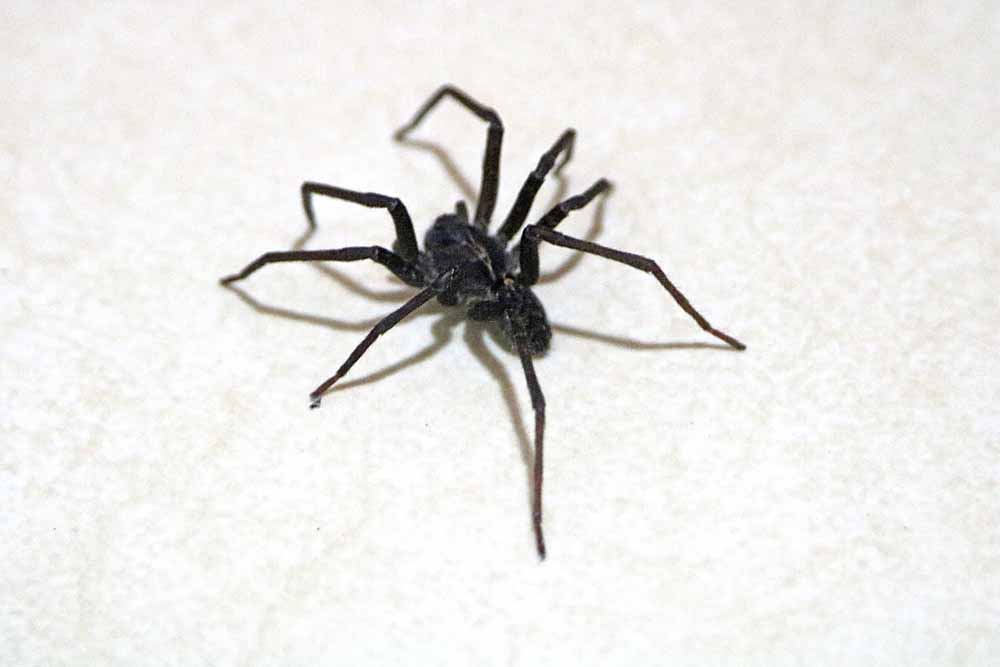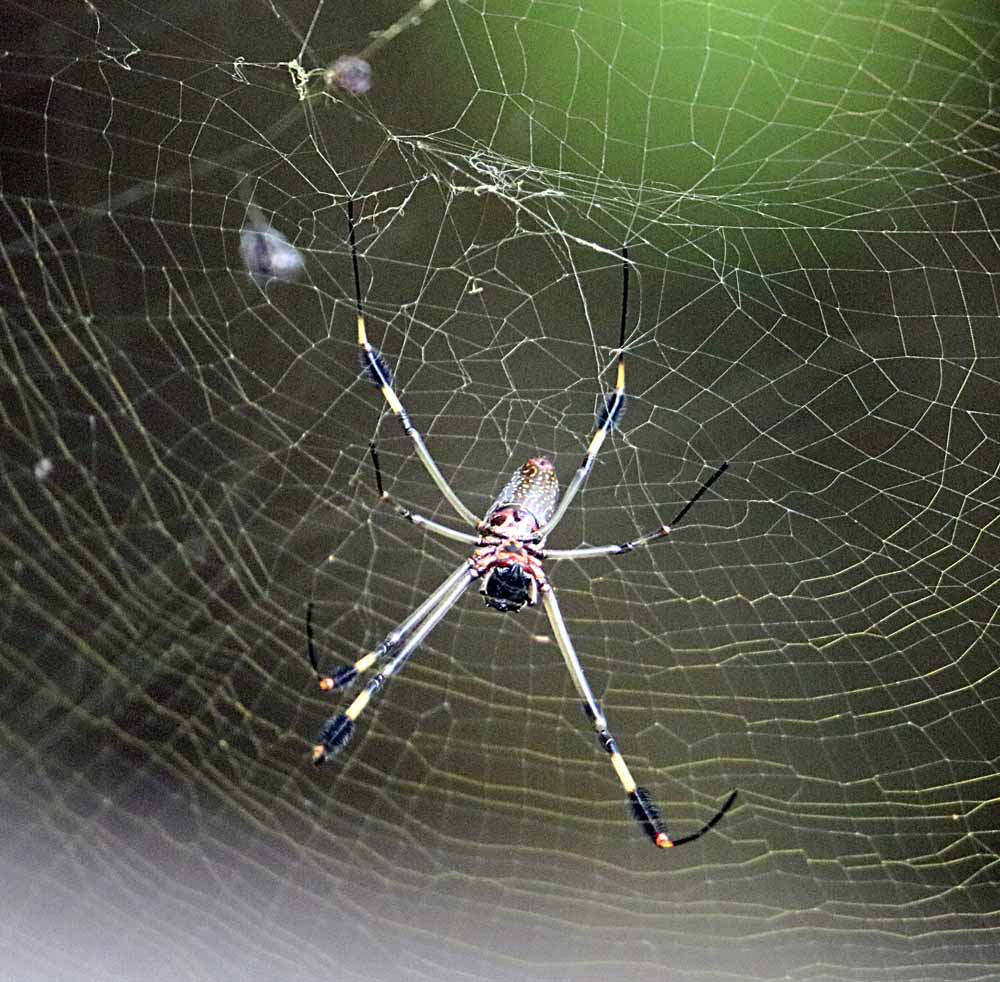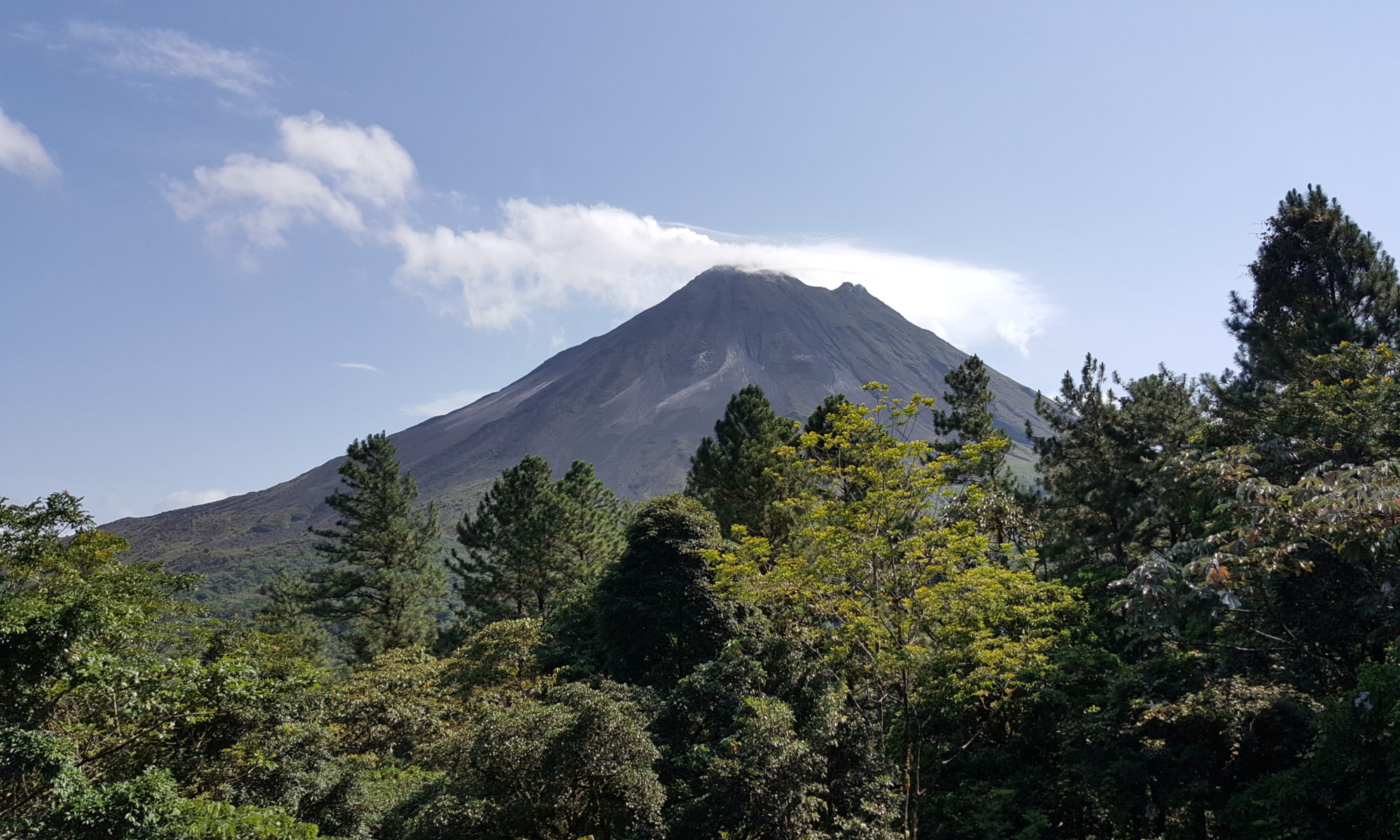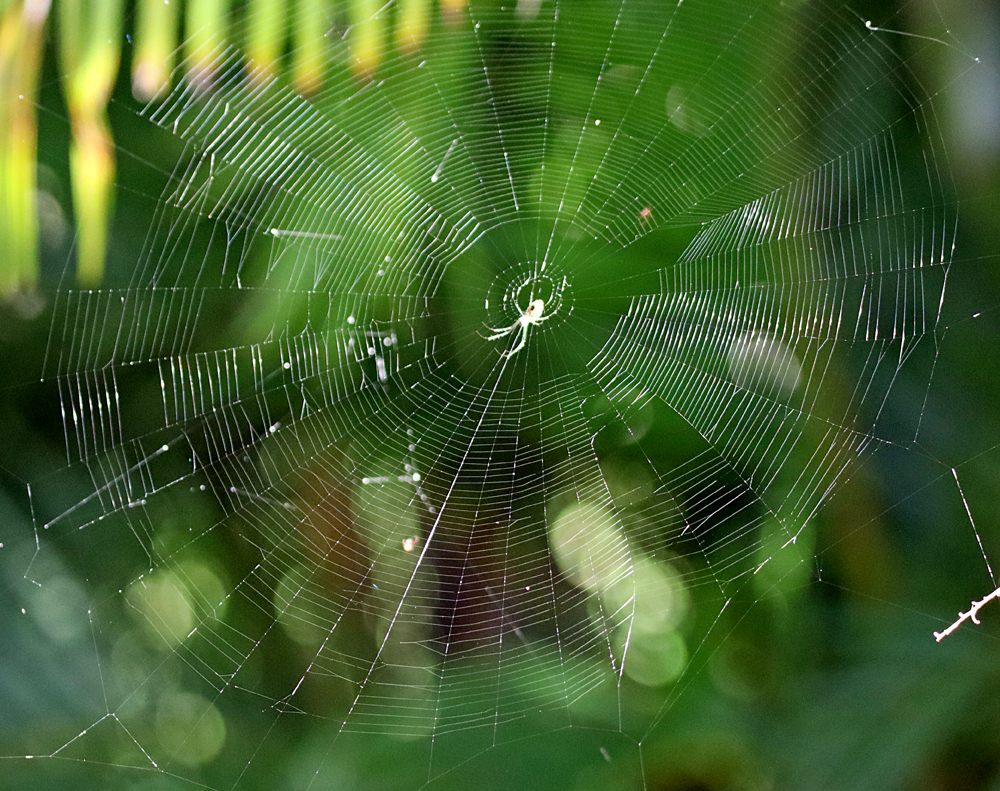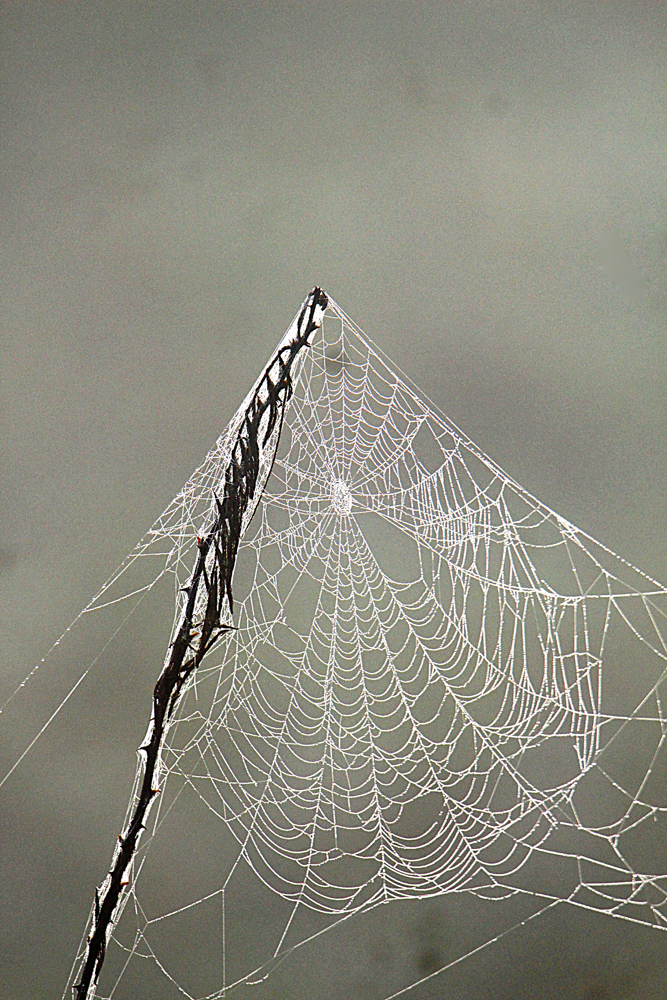I did what I thought was pretty radical pruning of the overgrown giant Porter Weeds and some of the Overgrown Red Ginger. But my “TuttiFruti,” which had been my most colorful plant, was apparently dying. So the gardeners cut it to the ground which I would have had trouble doing, though we had been pruning it some. They also sprayed for a leaf-eating insect. If it does not come back healthy, we will pull it and plant something different on my border. But we will probably have nothing blooming along the border when Reagan visits in just 4 weeks. Sorry Reagan! Though plants fool you here and some grow really fast!
 |
The colorful border (inset photo) was dying, maybe insects for which he sprayed, but it is cut to ground now,
hoping for a beautiful renewal or revival. If not, I’ll get a different border. But waiting is hard! 🙂 |
 |
Even without the border and the heavy pruning, the garden looks okay.
The Red Ginger and Purple Petunias will always bloom, even when cut.
And also the Plumbago, though it blooms on new growth, so cutting it back diminishes blooms briefly.
And though not seen above, I am getting new blooms on my Heliconias as seen in below photos. |
 |
The tall plant in the back of garden photo above is where
this large Heliconia sports 4 blooms right now!
This is the biggest of the four. |
 |
This smaller Heliconia by my kitchen window also has several blooms.
The other plants like it have red and orange blooms but are dormant now. |
 |
I cut back the two big Porterweeds the hummingbirds love, BUT
I still have one smaller plant blooming and attracting hummers!
Though the hummingbirds are mainly in the Yellow Bell Trees now.
And very few butterflies are around this time of year.
May-July was the most butterflies last year. |
 |
| The TriqueTraque or Orange Trumpet Vine has not done well, but now that I started feeding it fertilizer I’m seeing it grow a little and getting a few flowers, so there is still hope that it will cover that big massive concrete wall in time! That’s my goal! |
 |
The Maraca blooms at the
base of a very tall plant. |
Also once my Planta Maraca or Shampoo Ginger gets established, I expect to regularly have more blooms, which is more exotic to me than the heliconias! And every time we trim the Blumbago it shoots out new growth with lots of blooms, so everything will have its ups and downs but as I wanted, something is blooming year-aroung, all the time! And it is fun to watch it change, though I have learned (what I really already knew), that maintaining a garden this big and a yard with lots of flowers is a lot of work, even with a hired gardener a couple of times a month! And for any reader living here, my most constant and prolific bloomers have been the Red Ginger and Purple Petunias. And I still don’t have all the Spanish names for these flowers and that sometimes that changes depending on who I talk to or which website I check! 🙂
PURA VIDA!
EDITORIAL CORRECTION: Yesterdays post was of an unusual bug in my bathroom, I tried to call it a stick or matchstick insect, but Kevin & Charles both correctly noticed that it is/was a spider:
It’s a spider – 8 legs
Insects have 6 legs THANKS KEVIN!
AND LATER: A note from Charles Parker with the same 8-leg, 6-leg story! Did I know that? 🙂
Like this:
Like Loading...
